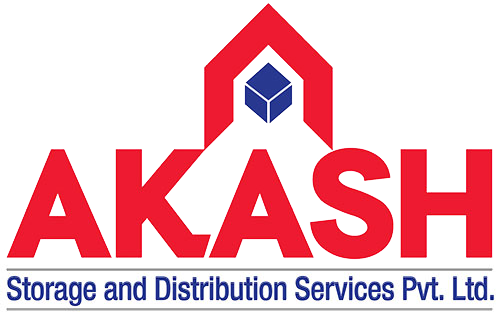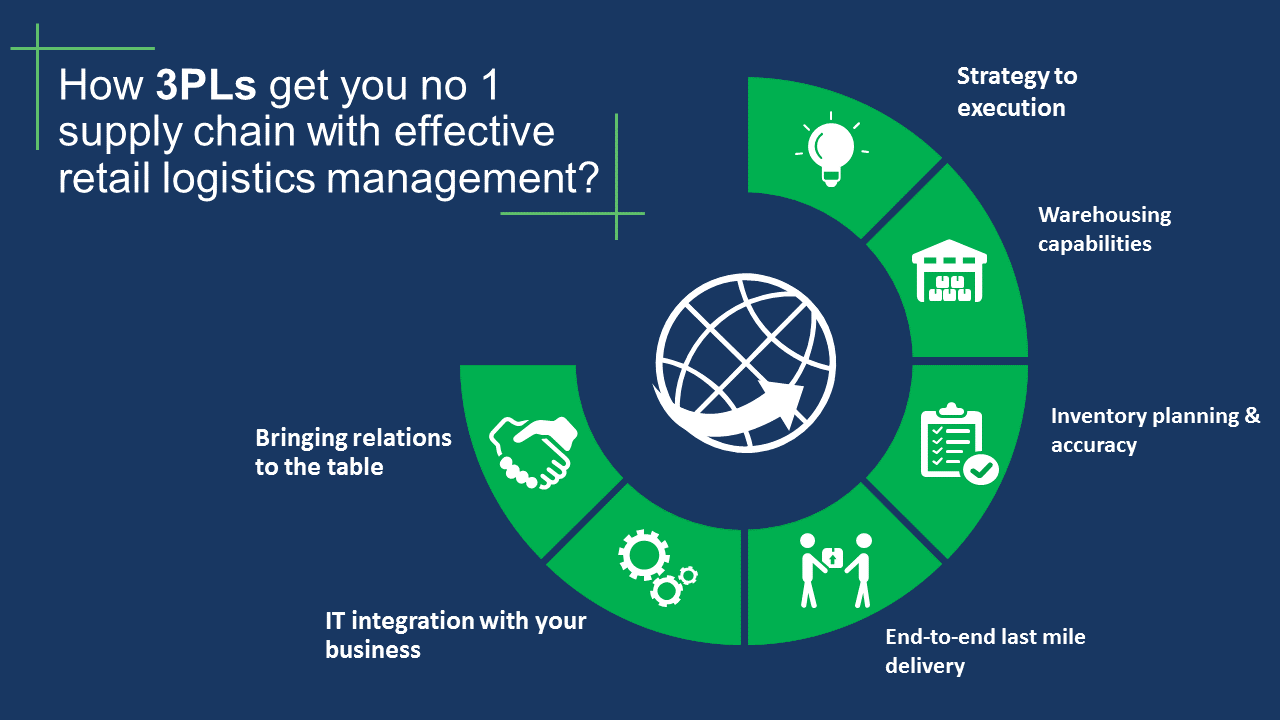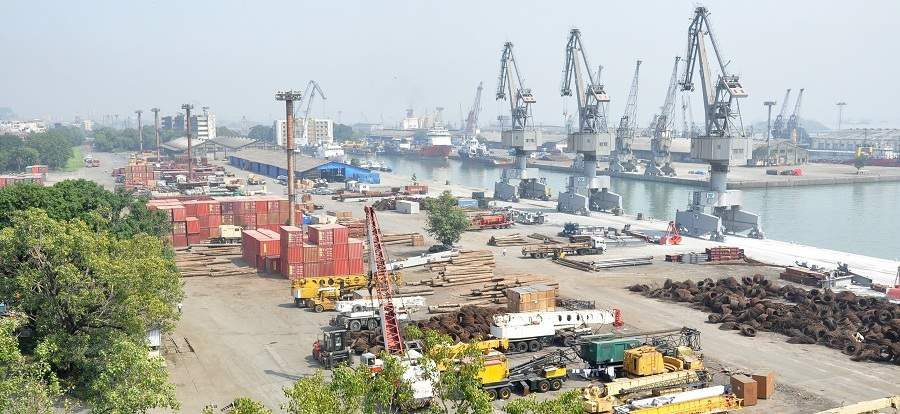Warehousing in India
India is one of the fastest-growing economies in the world. Along with a rapidly expanding manufacturing and e-commerce sector. As a result, the demand for warehousing and storage facilities has increased significantly in recent years. However, this blog post, we will discuss the different types of warehousing in India. Mostly focusing on warehousing in Bhiwandi and Mumbai.
Types of Warehousing in India
Public Warehouses:
The government or private companies operate public warehouse. Basically, they provide storage facilities for multiple businesses. However, they are open to any business or individual looking to store their goods. Public warehouses charge storage fees based on the space used or the duration of storage.
Private Warehouses:
Businesses and corporations operate private warehouse individually to store their own products. However, these warehouses are built and customized to meet the specific storage needs of the company. Private warehouses offer more control and security over the stored goods.
Bonded Warehouses:
Bonded warehouses are licensed by the government and allow the storage of imported goods without paying customs duties and taxes until they are sold or re-exported. Besides, this is beneficial for importers. Nevertheless who may want to store goods temporarily before they are distributed to the domestic market or exported to other countries.
Cold Storage Warehouses:
Cold storage warehouses are equipped with temperature-controlled environments. Eventually such as fruits, vegetables, dairy products, pharmaceuticals and frozen food. Generally, they help extend the shelf life of these products and maintain their quality.
Distribution Centers:
Distribution centers are large-scale warehouses. Firstly, strategically located to facilitate efficient distribution of goods to various regions. However, they act as intermediaries between manufacturers and retailers, ensuring timely delivery and reduced transportation costs.
Container Freight Stations (CFS):
Container Freight Stations are specialized warehouses situated near ports. They facilitate the stuffing and de-stuffing of cargo containers. Indeed, they help streamline the handling and clearance of import and export shipments.
E-commerce Fulfilment Centre’s:
As online shopping grows in popularity, e-commerce companies require dedicated fulfilment center’s. In order to store, pick, pack and ship products to customers. However, these warehouses are designed to handle a large volume of orders efficiently.
Co-operative Warehouses:
Co-operative warehouses are owned and managed collectively by a group of farmers or producers. However, they provide storage facilities for agricultural products. Also help in marketing and selling the produce at better prices.
Types of Storage in warehousing:
-
Shared Space Storage:
Shared space storage is a cost-effective solution for businesses. Additionally they do not require a dedicated space for their inventory. However, in this type of warehousing, multiple businesses share a single warehouse space. Also the cost is divided among them.
-
Dedicated Space Storage:
Dedicated space storage is ideal for businesses that require a specific area for their inventory. In this type of warehousing, a business rents a dedicated space for their inventory. Also they have complete control over the space.
-
3PL Warehousing:
3PL (third-party logistics) warehousing is a type of warehousing where a third-party logistics provider manages the inventory, storage and distribution of a business’s products. This type of warehousing is ideal for businesses that want to outsource their logistics operations.
-
Heavy Palletized Warehousing:
Heavy palletized warehouse designed to store heavy and bulky items. This type of warehousing is ideal for businesses that deal with heavy machinery, equipment and raw materials.
-
Temperature Controlled Warehousing:
Temperature controlled warehousing is a type of warehousing that is designed to store products that require specific temperature conditions. This type of warehousing is ideal for businesses that deal with perishable goods, pharmaceuticals and chemicals.

Storage & Distribution Services
In addition to warehousing, many companies in India also offer storage and distribution services. These services include:
-
Home Cargo Storage:
Home cargo storage is a service that allows individuals to store their household items in a secure warehouse. This service is ideal for individuals who are moving to a new home or renovating their existing home.
-
Commercial Cargo Storage:
Commercial cargo storage is a service that allows businesses to store their inventory in a secure warehouse. This service is ideal for businesses that need extra space for their inventory.
-
Packers & Movers Storage:
Packers & movers storage is a service that allows individuals and businesses to store their items. Primarily, they moved from one location to another. This service is ideal for individuals and businesses that are relocating.

PAN India Distribution
Many warehousing and logistics companies in India offer PAN India distribution services. This means that they have a network of warehouses and distribution center’s across the country. Allowing them to deliver products to any part of India.
Warehousing in Bhiwandi and Mumbai
Bhiwandi and Mumbai are two of the most important warehousing hubs in India. Bhiwandi is located on the outskirts of Mumbai. It is home to many warehouses that cater to the e-commerce and retail sectors. On the other hand, Mumbai, is a major port city. It is home to many warehouses that cater to the export and import sectors.
Conclusion
In conclusion, warehousing in India has evolved significantly in recent years. Indeed, with many companies offering a wide range of warehousing, storage and distribution services. Whether you are a small business or a large corporation, a warehousing solution can meet your needs. So, if you are looking for warehousing in Bhiwandi or Mumbai, or any other part of India. However, make sure to do your research and choose a company that can provide you with the services you need.



